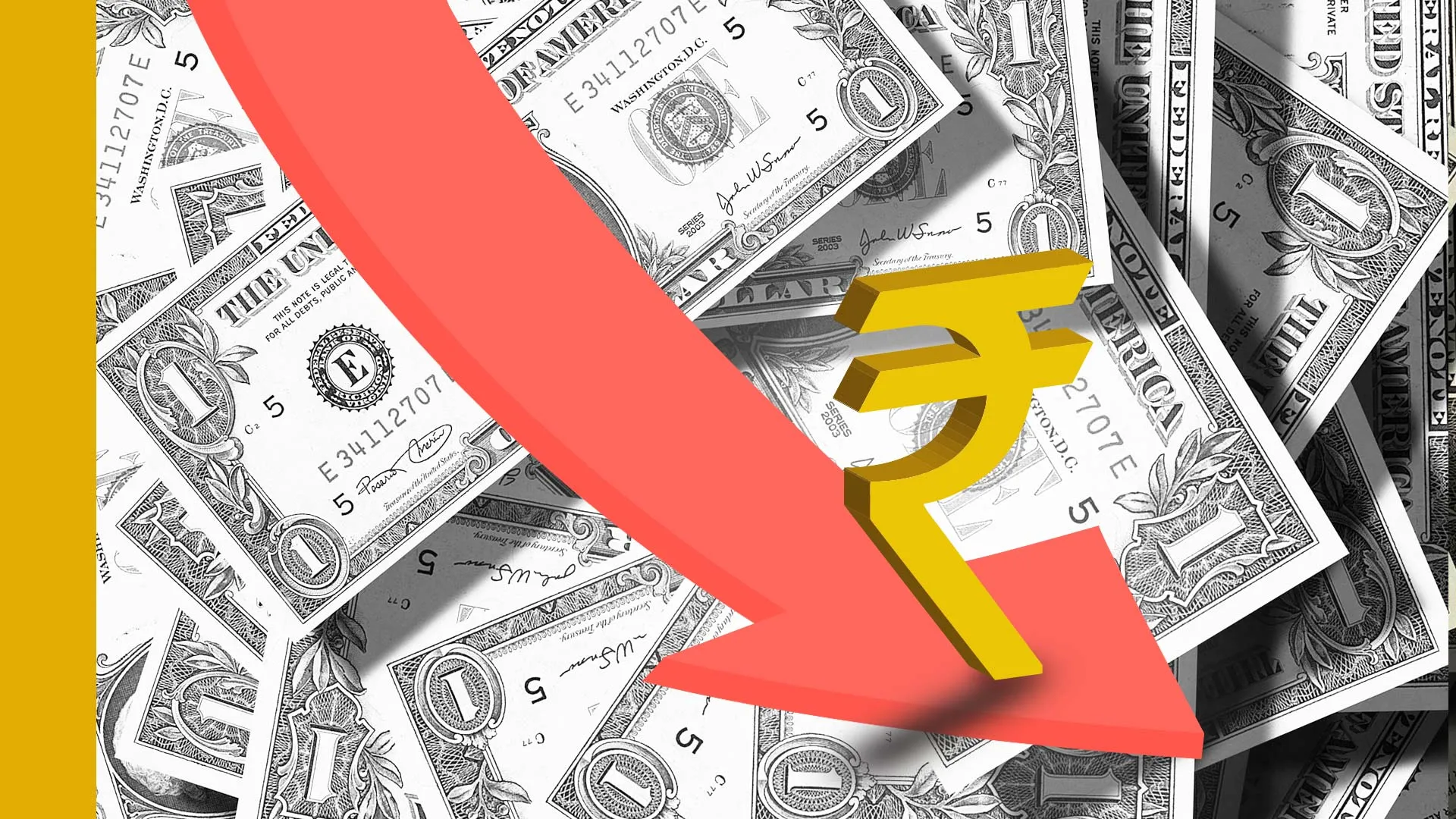The rupee fell to a new low of 77.72 versus the dollar on Thursday, a loss of nearly 6% in the previous year, as increasing inflation, interest rates, the flight of foreign investors, and collapsing markets weighed on the currency. The devaluation is likely to have an influence on the economy as a whole, as well as specific areas such as imports, particularly gasoline costs, and to raise inflation.

Since Russia’s invasion of Ukraine, the rupee has lost around 4% of its value, while currencies in other developing countries have lost 4-7 percent. Due to a spike in the dollar index and fears about global economic development, the rupee has been reaching new all-time lows recently.
“Weak economic news from around the world, particularly from China, has placed downward pressure on the dollar index, which has reached a nearly two-decade high. Investors are moving capital to high-yielding investment vehicles, which is causing an outflow of cash in the United States. “A hike in interest rates in the United States would result in even more outflows,” warned Millwood Kane International’s Founder and CEO, Nish Bhatt.
The rupee’s depreciation has been attributed to rising import costs and a worsening current account deficit, according to Devendra Pant, India Ratings’ chief economist. In April, India’s goods trade deficit increased to $20.1 billion.
The current drop was driven by a 14-year high in Brent crude oil prices and the ongoing war in Ukraine. Foreign portfolio investors (FPIs) have pulled out Rs 168,000 crore since January 2022 as a result of the US Federal Reserve’s move to tighten monetary policy and raise interest rates.
According to analysts, a weaker rupee versus the dollar raises import costs, pushing inflation even higher. Higher inflation is bad for the economy as a whole. “FPI outflows will continue if the rupee does not rise, which is another bearish reason for the market.” Export-oriented corporations benefit from a high dollar, but import-oriented sectors such as oil, gas, and chemicals suffer. It is also detrimental to enterprises who pay foreign corporations royalties for franchises in India,” Ravi Singhal, Vice Chairman GCL securities Ltd added.
Furthermore, oil and other imported components will become more expensive, leading to even greater inflation. Nearly 80% of India’s gasoline requirements are imported. According to one researcher, the auto, real estate, and infrastructure industries would be the worst hurt, while IT and banks will benefit.
Travelers and international students would have to pay extra rupees to purchase dollars from banks.
Exporters may gain if the rupee depreciates, making Indian goods and services more competitive. However, the benefit may be limited because other competitive currencies are also weakening against the US dollar. According to economists, exporters will benefit only if they improve their efficiency and lower their production costs, increasing their competitiveness against exporters from other nations.
A rupee devaluation is never healthy for the stock market as a whole. According to Ravi Singh, Vice President and Head, Research ShareIndia, it may cause foreign investors to withdraw from Indian markets, resulting in a drop in stock and equity mutual fund investments.
Foreign investors’ exodus and its influence on the rupee’s depreciation are causing concern among investors.











